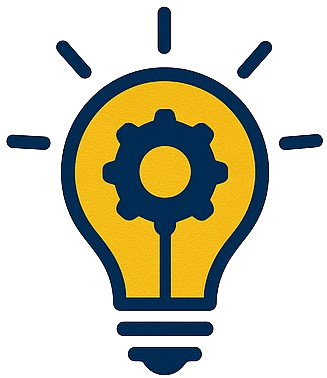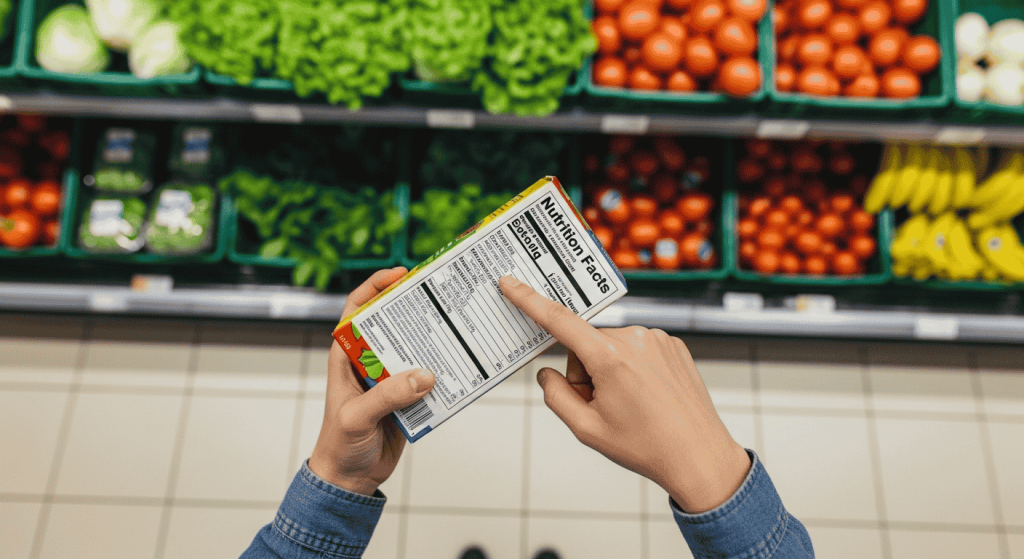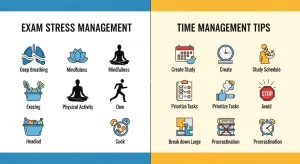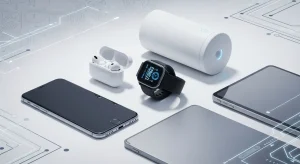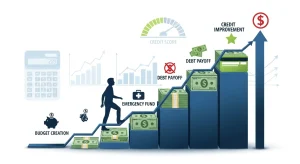🥗 How to Read Food Labels Like a Nutritionist
Making healthier food choices starts with knowing what’s really in the products you buy. Understanding how to read food labels like a nutritionist can empower you to take control of your health, manage your weight, and avoid harmful additives.
In this food label reading guide, we’ll walk you through step-by-step instructions to interpret a nutrition facts label, spot hidden ingredients, and make better choices at the grocery store.
🔍 Why Reading Food Labels Matters
When you learn how to read food labels, you’re not just watching calories — you’re gaining control over your nutritional intake and avoiding misleading marketing tactics. This skill is essential for:
-
Healthy weight management
-
Reducing sugar and sodium intake
-
Avoiding unhealthy trans fats
-
Spotting artificial additives
-
Managing chronic conditions like diabetes or high blood pressure
Meal Prep for Busy People: Save Time & Eat Healthy
🧾 Anatomy of a Nutrition Facts Label
Understanding food labels starts with knowing what each section means. Here’s a typical nutrition label breakdown:
| Section | What to Look For |
|---|---|
| Serving Size | Pay attention to how many servings are in the package. All nutrients are listed per serving. |
| Calories | Helps you monitor energy intake. Consider your daily needs (usually 2,000–2,500 calories). |
| Total Fat | Aim for low saturated and trans fat. Good fats (unsaturated) are healthier. |
| Sodium | Keep sodium under 2,300 mg per day to reduce the risk of hypertension. |
| Total Carbohydrates | Includes sugars and fiber. More fiber = better digestion. Less sugar = healthier. |
| Protein | Important for muscle repair, especially for active individuals. |
| Vitamins & Minerals | Choose foods high in calcium, iron, potassium, and vitamin D. |
🧠 Nutritionist Tips for Reading Food Labels
Here’s how nutritionists analyze food labels:
1. Start With the Ingredients List
Check for:
-
Whole foods (e.g., oats, brown rice)
-
Short ingredient lists – usually a sign of less processed foods
-
Avoid items with added sugars, hydrogenated oils, or artificial sweeteners
Look out for hidden sugars: corn syrup, dextrose, maltose, and cane juice all count.
Healthy Snacks for Weight Loss You Can Make at Home
2. Understand Serving Sizes
Many people overlook serving size and consume double or triple the calories listed. Always calculate your actual intake based on how much you plan to eat.
3. Focus on Fiber and Protein
Choose foods high in:
-
Fiber (4g+ per serving) – aids digestion and keeps you full
-
Protein (7g+ per serving) – especially for meals and snacks
4. Watch Out for Sodium and Sugar
Too much sodium and added sugar can harm your health. Aim for:
-
Sugar: <10% of daily calories
-
Sodium: <2,300 mg per day
Top 10 Beautiful Bollywood Actresses in 2026
5. Use the % Daily Value (%DV) Wisely
%DV helps you quickly assess if a food is high or low in a nutrient:
-
5% or less = low
-
20% or more = high
Example: 25% DV calcium = good source!
🛒 Smart Grocery Shopping Tips
Use these quick tips to stay on track when shopping:
-
Stick to whole foods and fewer processed items
-
Choose low-sugar, low-sodium, high-fiber options
-
Avoid marketing phrases like “natural” or “low-fat” without checking the nutrition facts label
-
Don’t fall for serving size tricks – always compare!
📚 FAQ – How to Read Food Labels Like a Nutritionist
❓ What is the most important part of a food label?
The most important parts are the serving size, calories, and ingredients list. These provide a full picture of what you’re eating.
❓ How can I spot hidden sugars on food labels?
Check the ingredients for names like high-fructose corn syrup, cane sugar, maltodextrin, fructose, and sucrose. They all mean added sugar.
❓ Are ‘low-fat’ products always healthier?
Not always. Many low-fat products add extra sugar or salt to improve taste. Always check the nutrition label for full details.
🔗 Ready to Shop Smart?
Now that you know how to read food labels like a nutritionist, you’re equipped to make healthier choices every time you shop. Ready to start your wellness journey?
👉 Check out our recommended clean-label snacks and pantry staples here: [ here]
